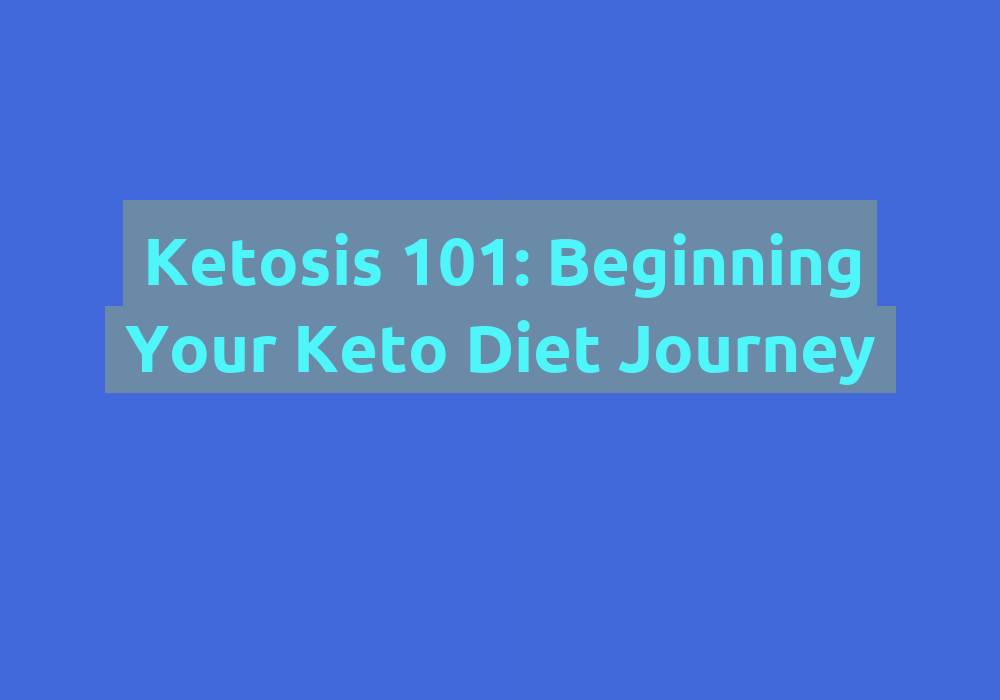Beyond Muscle: Flexibility and Balance in Fitness

When it comes to fitness, focusing solely on building muscle and enhancing strength is a common approach. However, it is important to recognize that flexibility and balance play a vital role in achieving overall fitness. In this article, we will delve into the significance of flexibility and balance in fitness and provide effective ways to incorporate them into your exercise routine.
The Benefits of Flexibility
Flexibility refers to the range of motion of your joints and muscles. It is an essential component of physical activities and everyday movements. Here are some key benefits of maintaining and improving flexibility:
-
Injury Prevention: Adequate flexibility reduces the risk of injuries by enabling joints and muscles to move through their full range of motion. By avoiding strains, sprains, and muscle imbalances that often occur due to stiffness, you can protect yourself from common fitness-related injuries.
-
Improved Performance: Whether you are a professional athlete or a fitness enthusiast, flexibility can greatly enhance your performance. It allows for better execution of movements, increases agility, and enables you to reach your full potential in various sports and exercises. With improved flexibility, you can move more efficiently and effectively.
-
Enhanced Posture: Flexibility ensures proper alignment of your body, leading to improved posture. In today’s sedentary lifestyle, where sitting for long periods is common, flexibility can counteract the negative effects on your body. By promoting a healthy spine and musculoskeletal system, flexibility contributes to better overall posture.
-
Reduced Muscle Tension: Flexibility exercises, such as stretching, relax tight muscles and alleviate muscle tension. This not only enhances your overall comfort but also aids in stress relief and relaxation. By incorporating flexibility exercises into your routine, you can experience a greater sense of physical and mental well-being.
To incorporate flexibility into your routine, consider the following methods:
1. Stretching Exercises
Dynamic and static stretching exercises are effective methods to improve flexibility. Dynamic stretches involve moving parts of your body through a full range of motion, while static stretches involve holding specific positions for a certain duration. Both types of stretches are beneficial and can be alternated during your warm-up or cooldown sessions. By incorporating a variety of stretches, you can target different muscle groups and enhance your overall flexibility.
2. Yoga and Pilates
Yoga and Pilates are excellent forms of exercise that focus on flexibility, balance, and core strength. These practices incorporate various poses and movements that target different muscle groups while promoting flexibility and stability. Joining a yoga or Pilates class can provide expert guidance and help you reap the numerous benefits of these practices. Additionally, practicing yoga or Pilates at home using online resources can also be a convenient option.
3. Foam Rolling
Foam rolling, also known as self-myofascial release, is a technique that involves using a foam roller to release tension and tightness in muscles. By applying pressure to specific areas, you can improve blood circulation, increase flexibility, and reduce muscle soreness. Foam rolling can be incorporated into your routine as a pre-workout or post-workout activity, or even on rest days to promote muscle recovery.
4. Active Rest Days
On rest days, instead of being completely inactive, engage in light activities that promote flexibility. Gentle walks, swimming, or practicing tai chi can keep your body active, maintain flexibility, and aid in recovery. By incorporating low-impact activities on rest days, you can prevent stiffness and promote overall flexibility and well-being.
The Importance of Balance
Balance is often an overlooked aspect of fitness, but it is crucial for overall physical well-being. It refers to the ability to maintain control and stability during various movements and positions. Here’s why balance training is important:
-
Injury Prevention: Good balance helps prevent falls and injuries, especially as we age. It improves proprioception, which is your body’s awareness of its position in space, reducing the risk of accidents. By improving balance, you can enhance your overall safety and reduce the likelihood of injury during physical activities.
-
Improved Stability: Balance exercises strengthen the muscles responsible for maintaining stability, particularly the core muscles. A strong core helps maintain proper posture, enhances athletic performance, and reduces the risk of back pain. By incorporating balance training into your routine, you can improve your body’s stability and overall strength.
-
Functional Fitness: Balance is essential for performing everyday activities like walking, climbing stairs, or carrying groceries. By improving your balance, you enhance your overall functional fitness and make daily tasks more manageable. This can greatly improve your quality of life and contribute to your ability to perform activities independently and with ease.
-
Mind-Body Connection: Balance exercises require concentration and focus, promoting a strong mind-body connection. This connection fosters better coordination, increased body awareness, and improved mental well-being. By incorporating balance training into your routine, you can develop a greater sense of body control and mindfulness.
To incorporate balance training into your routine, consider the following methods:
1. Standing on One Leg
Practice standing on one leg for a set amount of time, gradually increasing the duration as your balance improves. You can perform this exercise while brushing your teeth, waiting in line, or during any other daily activity that allows for single-leg balance practice. This simple exercise can be easily incorporated into your daily routine and significantly improve your balance over time.
2. Yoga and Tai Chi
As mentioned earlier, yoga and tai chi are excellent practices for improving both flexibility and balance. They incorporate slow and controlled movements that challenge your stability and promote body awareness. Attending yoga or tai chi classes or following online tutorials can provide structured guidance and help you develop better balance and stability.
3. Stability Exercises
Incorporate stability exercises into your workouts, such as standing on a Bosu ball or using a balance board. These tools provide an unstable surface, forcing your muscles to engage and work harder to maintain balance. By incorporating stability exercises into your routine, you can specifically target your balance and stability, leading to improved overall performance and reduced risk of injuries.
4. Functional Movements
Include functional movements in your fitness routine. Exercises like lunges, squats, and step-ups not only work multiple muscle groups but also require balance and coordination, enhancing your overall stability. By incorporating functional movements that challenge your balance, you can improve your overall physical abilities and functional fitness.
In conclusion, achieving a well-rounded and functional body goes beyond building muscle alone. Flexibility and balance are crucial components of overall fitness. By incorporating stretching exercises, yoga, foam rolling, and balance training into your routine, you can experience numerous benefits, including injury prevention, improved performance, enhanced posture, and reduced muscle tension. Embrace the power of flexibility and balance, and witness the positive impact they have on your fitness journey.
This article is written in markdown format.
FAQ
1. Why is flexibility important in fitness?
Flexibility is important in fitness because it reduces the risk of injuries, improves performance, enhances posture, and reduces muscle tension.
2. What are some methods to improve flexibility?
Some methods to improve flexibility include stretching exercises, practicing yoga and Pilates, foam rolling, and engaging in light activities on rest days.
3. How does balance training contribute to overall physical well-being?
Balance training contributes to overall physical well-being by preventing injuries, improving stability, enhancing functional fitness, and promoting a strong mind-body connection.
4. What are some ways to incorporate balance training into a fitness routine?
Some ways to incorporate balance training into a fitness routine include practicing standing on one leg, participating in yoga and tai chi, performing stability exercises, and including functional movements in workouts.


















